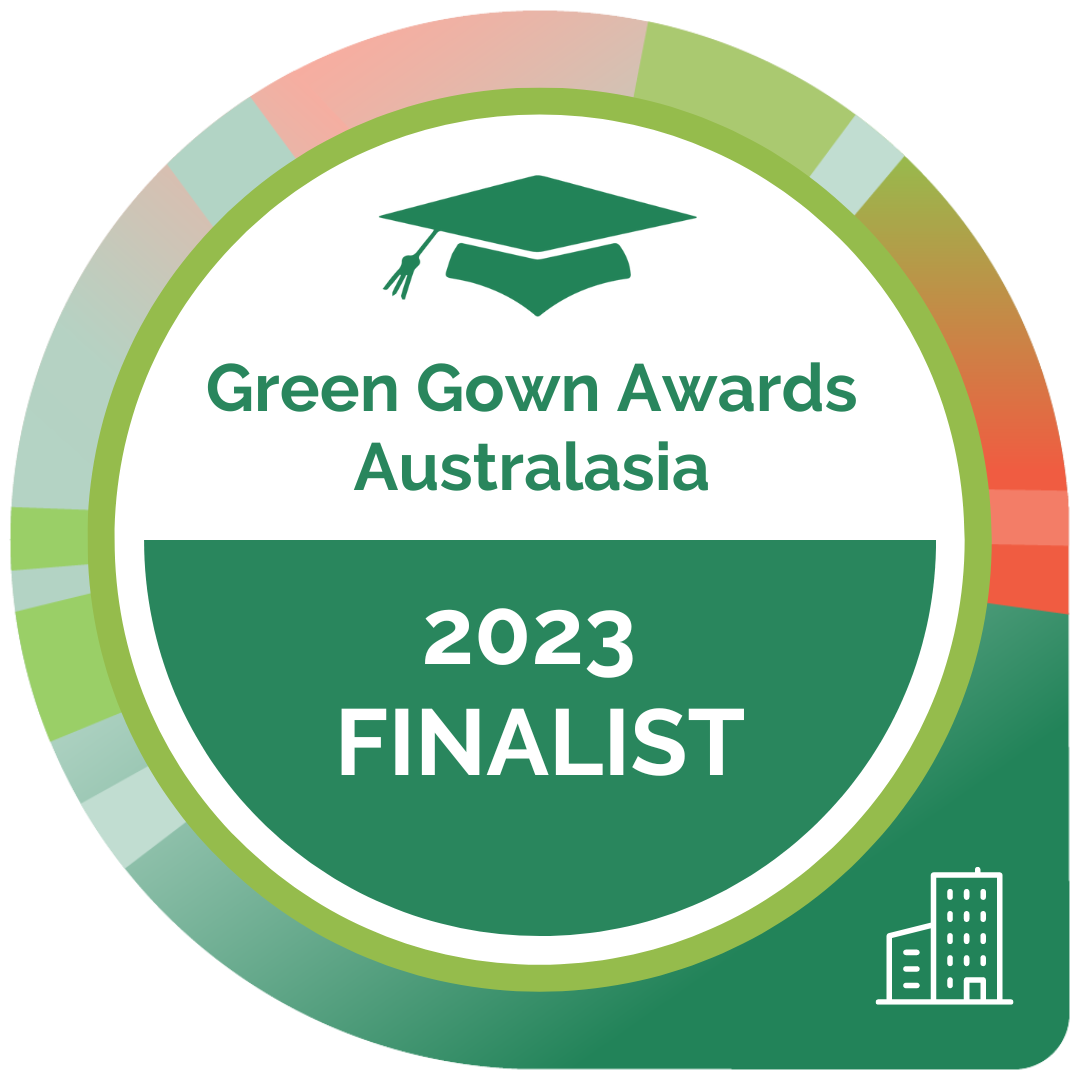QUT SHED
QUT is committed to living lightly upon the earth and reducing our environmental footprint, while improving our institutional resilience.
The SHED (Sustainability in Higher Education) project was born from an idea of connecting staff and students to sustainability actions on campus and in the wider community and providing a space for small workshops and sustainability activities in a central campus location. Through a collaboration between Facilities Management, the Faculty of Engineering, the Faculty of Creative Industries, Education and Social Justice and QUT students, the SHED design was created and brought to life.
As well as being able to be an active or passive space, the SHED needed to be sustainable, transportable, designed for deconstruction and incorporate elements of QUT’s Campus to Country Strategy.
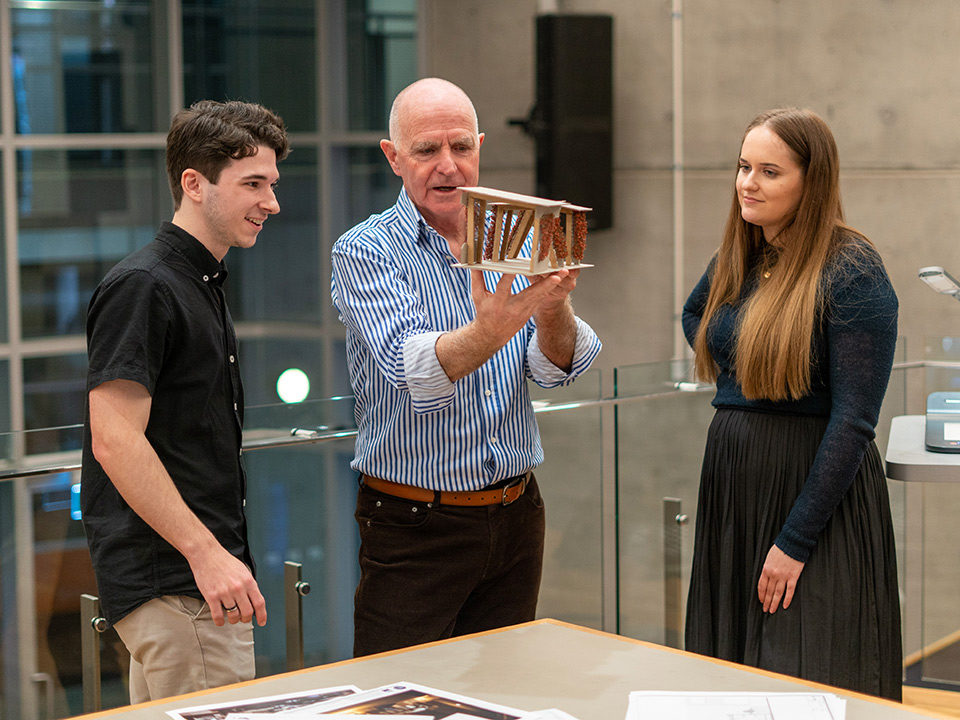
About the SHED
The SHED is located at the podium between V block and M Block at Gardens Point campus.
The space is an accessible and inclusive hub where staff and students can meet to share ideas, participate in sustainability programs and learn to take simple actions to create a sustainable future. The SHED was developed using best practice sustainability principles:
- The frame was created using repurposed steel.
- The plywood was manufactured from sustainably grown Australian and New Zealand plantation pine and was used in standard sizes to reduce waste. The cut plywood pieces were used to make furniture and signage for the SHED.
- Timber studs, joists, and beams were sourced from a demolition facility, and were originally used in a house built in Woolloongabba in the 1950s.
- The sliding door was sourced from a demolition facility, and was originally from a 1970s-era Paddington home. These were originally a set of front doors, modified into a double sliding door.
- The bi-fold windows were sourced from a demolition facility and were originally from an 1880 Ascot home.
- The tin roofing was sourced from a demolition facility.
- Fittings and hardware have been reused or repurposed wherever possible.
- ‘Designed for deconstruction’ to conserve building materials for reuse at various levels of assembly.
- Technology within the space is reused.
- The green wall system makes use of recycled polypropylene green walls.
Campus to Country - Positioning Strategy
QUT Deputy Vice-Chancellor (Indigenous Australians) Angela Barney-Leitch and former QUT Elder-in-Residence Uncle Cheg provided guidance on the Campus to Country - Positioning Strategy, and gave insight into the importance of sustainability for Aboriginal and Torres Strait Islander people.
The SHED project supports the Campus to Country - Positioning Strategy by transforming the intellectual capital of students, and providing them with a deeper respect and understanding of the connection Indigenous Australians feel to Country and the role of custodian rather than owner.
'The QUT Sustainability SHED project has equipped me with real-world skills for my aspiring future career as an architect, led by working closely alongside real-world industry professionals and clients. Through this project, I was able to combine my knowledge of my current studies of the Bachelor of Business (Marketing)/ Bachelor of Design (Architecture) at QUT and apply it within workshops to present and conference with clients and refine a joint final design within a collaborative working environment.'
- Brianna Doyle
Student: DAB101 - Architectural Design 1: Explorations
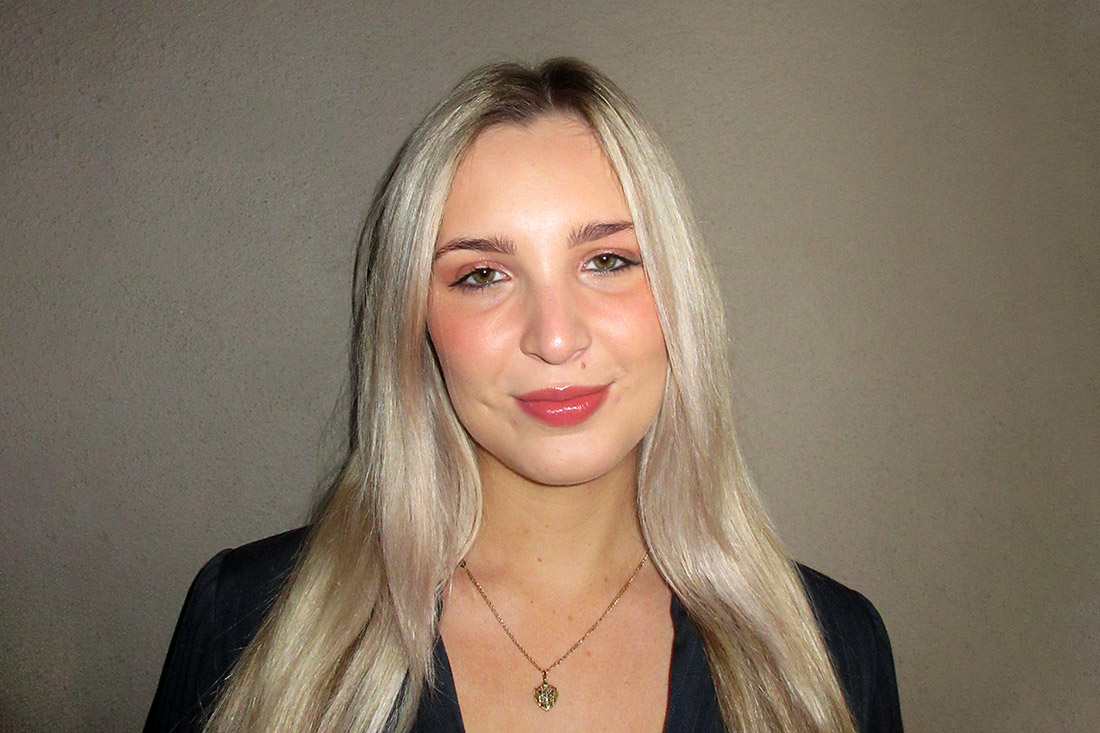

'Projects such as SHED are imperative for our students as they come near completion of their design degree. Having a project with a budget and a timeline for actually being built gives our student the real world experience that they need to go confidently into the workforce. '
- Melanie Finger
Unit Coordinator: DYB301 - Impact Lab 4: Purpose
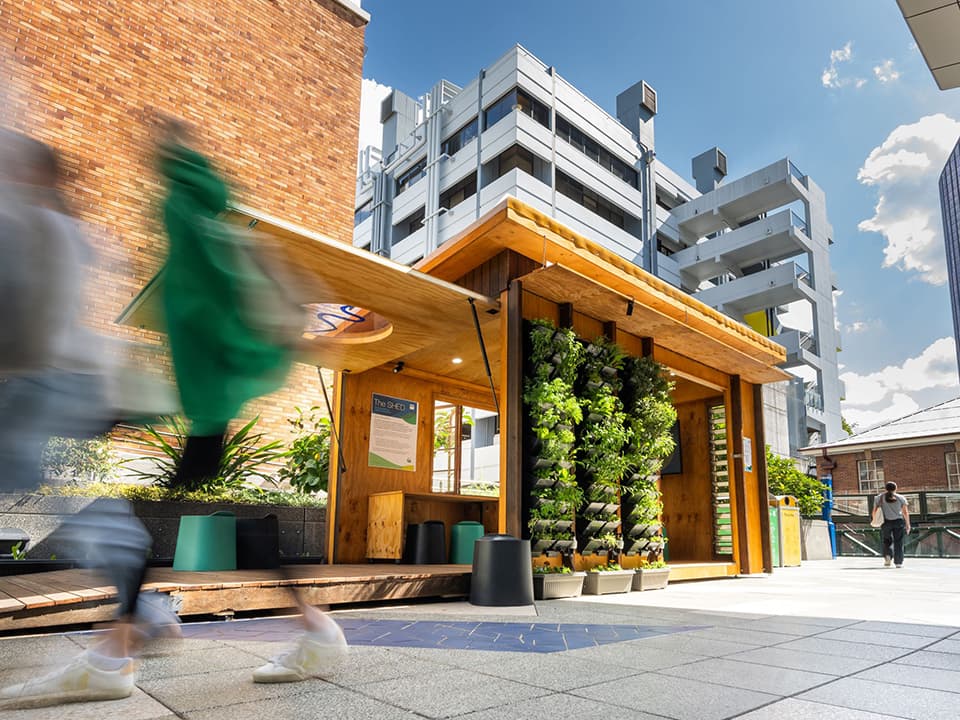
Sustainable construction
The project was developed using best practice sustainability principles:
- the use of recycled and reused products and materials:
- reused steel framing for SHED base
- upcycled windows and doors
- reused furniture and door hardware
- reused materials for the SHED signage
- recycled polypropylene green wall system
- designed for deconstruction
- locally sourced materials
- design used standard-sized sustainably sourced plywood for cladding to reduce waste
- technology within the space is reused.
'This project enabled me to meet and work together with experts who already have experience in the built environment and assist me to grasp the experience of working and building real architecture. I really enjoy working with these people, which gives me a great opportunity to learn a lot in terms of the real world of architecture, the technical and buildability of the construction industry, and project management.'
- Irene Wirawan
Student: DYB301 - Impact Lab 4: Purpose

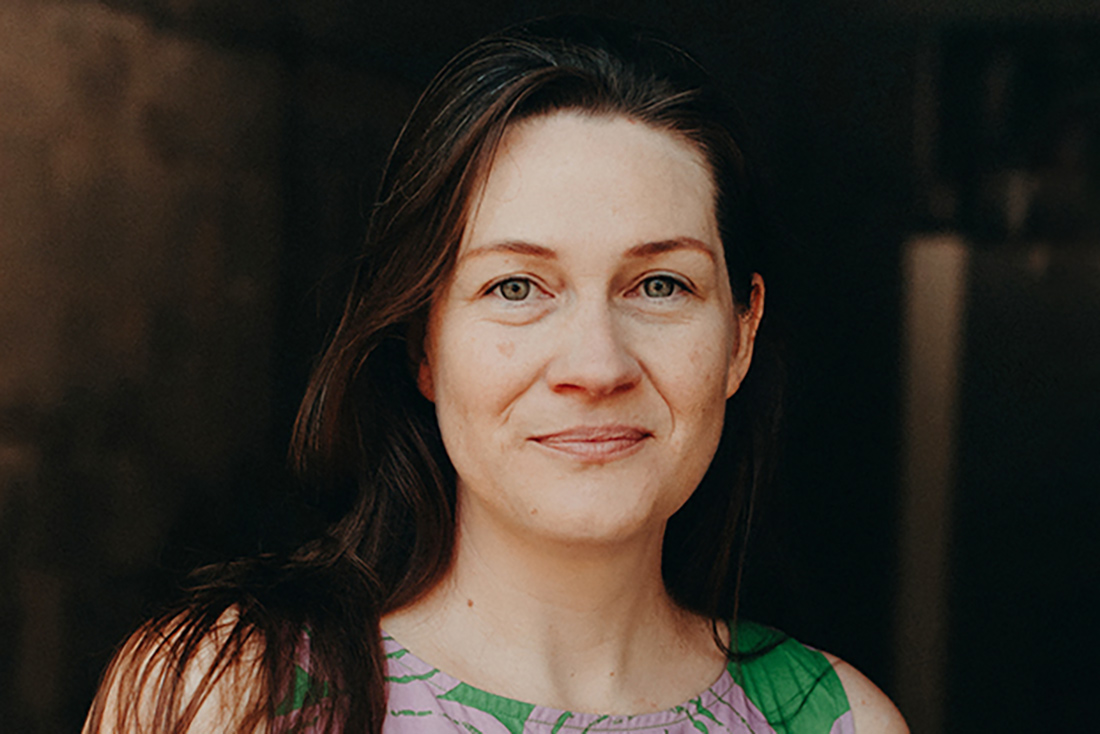
'Architectural design is a practice, so knowledge and skills are developed, applied and refined through project-based learning. The QUT Sustainability SHED provided students with real world complexities of a project – an actual site, functional brief, budget and client group – that enabled them to get closer to experiencing the ‘live’ and sometimes unpredictable conditions common in architectural practice.'
- Dr Anna Tweeddale
Unit Coordinator: DAB101 - Architectural Design 1: Explorations
'Projects like this give students a taster of the processes involved in the real-world projects. In this particular project, students learned about the importance of collaboration and communication with different disciplines and stakeholder management. Two critical components for their future careers. The real world projects are often not straight forward and sometimes there are contradictory requirements involved that should be managed by the project team. This project was no exception. Having students exposed to these circumstances is very essential for their learning journey.'
- Dr Sara Omrani
Unit Coordinator: UXB100- Design Thinking for the Built Environment

Recognition for the SHED Project
The SHED was shortlisted as a finalist in the Next Generation Learning and Skills category of the 2023 Green Gown Awards Australasia.
